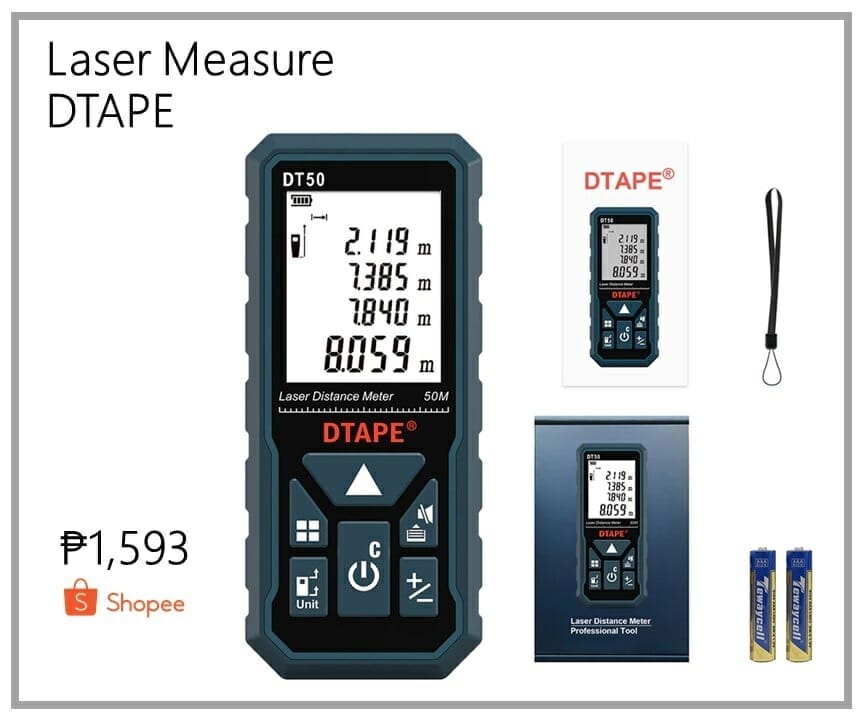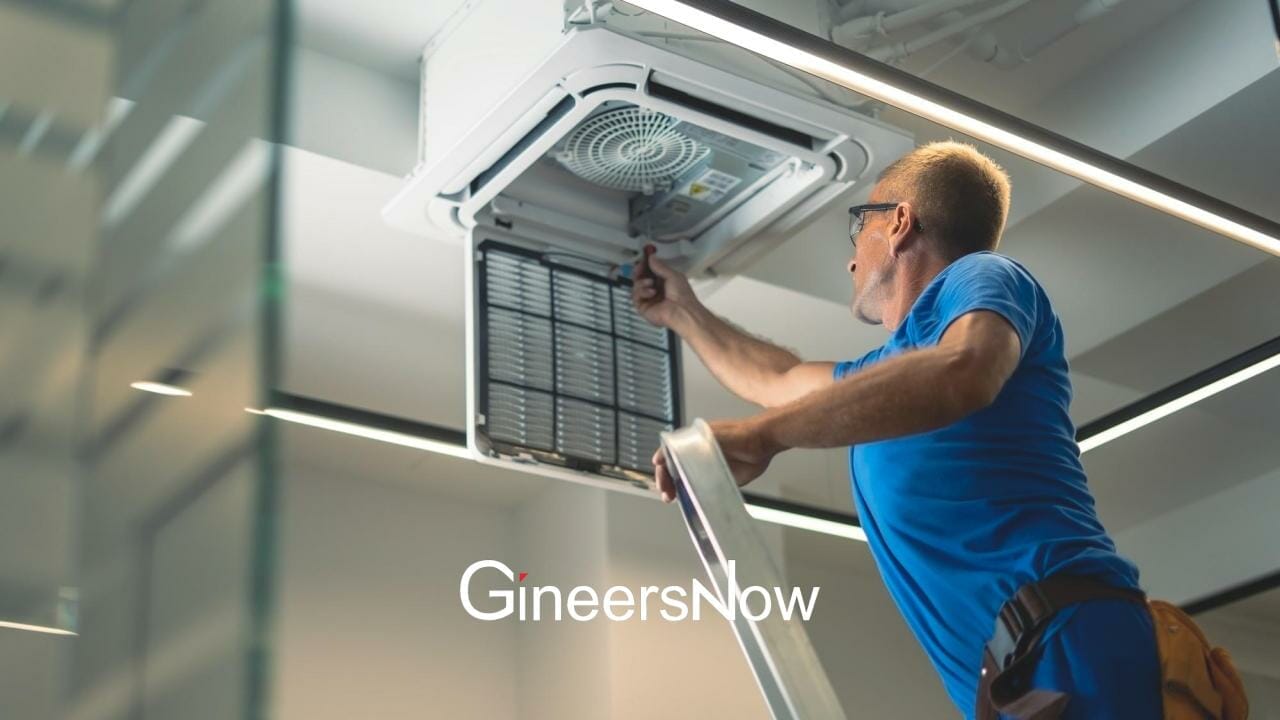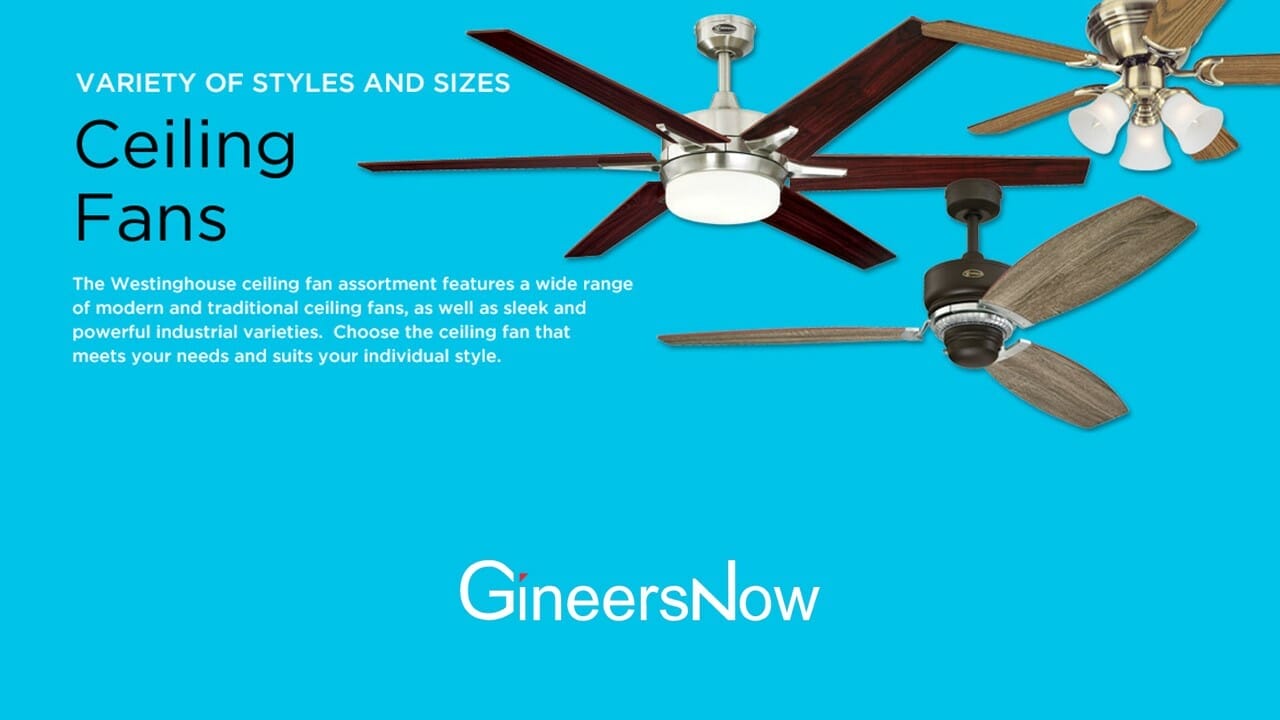HVAC Industry
Technology companies are influencing the HVAC industry. Customer expectations as it also continues, has seen to evolve rapidly. Innovations are being developed and it affects a wide range of industries such as the world of HVAC systems. What are these new trends and how can it affect the future of HVAC industry? Here’s a quick tour to some of the latest innovations.

1. Motion-Activated Air Conditioning
Motion-activated air conditioning is a trend in the HVAC industry and has the same applied system with motion-activated lighting. When motion is detected, the system turns on or off. This helps ensure that energy is not being wasted cooling unoccupied spaces.
Occupancy sensors are attached to aluminum rods and hung from the ceiling. These sensors are strategically placed around the home or building, and activate the air conditioning unit when motion is detected. Once occupants leave an area, the system shuts off to conserve power.
2. Digital Zoning
Digital zoning in air conditioning is a system where you can control the temperatures of several zones with a programmable thermostat and reprogram zone temperatures at any time. How does it work? Your home’s vents are replaced with sensor-driven ones and a smartphone app allows you to control the temperature of each individual room.
Zones pertain to a room or a number of areas. Each zone has an assigned number, and the capacity of the system will dictate how many zones it can effectively cool. It can be installed in almost any home as long as it has forced air, grounded wall outlets, an internet connection, and a wireless router.
3. Thermally Driven Air Conditioning
Another alternative to traditional air conditioning are thermally driven cooling systems. These systems use the evaporation of fluids such as water at low pressure to remove heat from the environment – an energy-efficient cooling method. Another kind of thermally driven air conditioner uses solar energy supplemented by natural gas.
Since it relies on solar power, it is a very considerable option for places with the largest need for AC generally coinciding with places receiving copious amounts of sunlight. Though it will likely be a couple more years before its availability in the US, this system is one that’s worth looking forward to.
4. Hot Water Recirculator
Unlike common waterlines relying on low water pressure, recirculating systems rapidly move water from a water heater to the fixtures.
Hot water recirculation system is a plumbing system that moves hot water to fixtures quickly without waiting for the water to get hot. The system works like this: hot water is re-circulated intermittently. The temperature of the cold water is slightly raised, but returns to its usual cold temperature after some time.
5. 3D Printed Air Conditioners
Technology has come a long way and has indeed shaped the future of HVAC systems with 3D Printed Air Conditioners. With a 3D model in your computer and a 3D scanner, you are able to create a digital copy of an object. One of 3D technology creations emerging object is a Cool Brick, a 3D printed porous block. Soaking up water like a sponge, it also permits air to pass through freely.
In essence, it cools the surrounding air as water evaporates from the pores of the block. Companies are now engaged to 3D print HVAC systems because 3D printed products are usually stronger, more durable, and cost efficient than ordinary parts. In result, it can make HVAC systems last longer and require less maintenance.
6. Real-Time Data
Real-time data are advanced data tracking apps and software that helps you track system efficiency and know when to schedule repairs. With this information, homeowners can avoid too much costs and inconvenience.
As smart technology and automated systems run more HVAC systems, having advanced data analytics to send information back and forth is indeed vital. Real-time data don’t only help you track system efficiency, but can also follow fluctuations in the energy grid, helping service technicians to quickly respond to load shifting.
7. Smart Thermostats
With the population’s better understanding about smart technology, smart thermostats in air conditioning systems are becoming more mainstream. Homeowners can adjust the levels of the home’s temperature via a smartphone, tablet or computer.
The connected controls in this system can send crucial climate information via Wi-Fi allowing them to check their home’s temperature and adjust the levels as needed. This system makes it more convenient especially for people who usually travel or commute as they can easily set the right temperature with just a click on their smartphones.
With the fast-changing world of technology, improving efficiency and energy use is indeed a vital key to adapt in the modern times. It has reached multiple industries including HVAC systems with its innovations, helping homeowners cut costs and live in a more convenient and environment-friendly world.
Click here to read more articles related to this.
Click here to follow our LinkedIn Page.



















